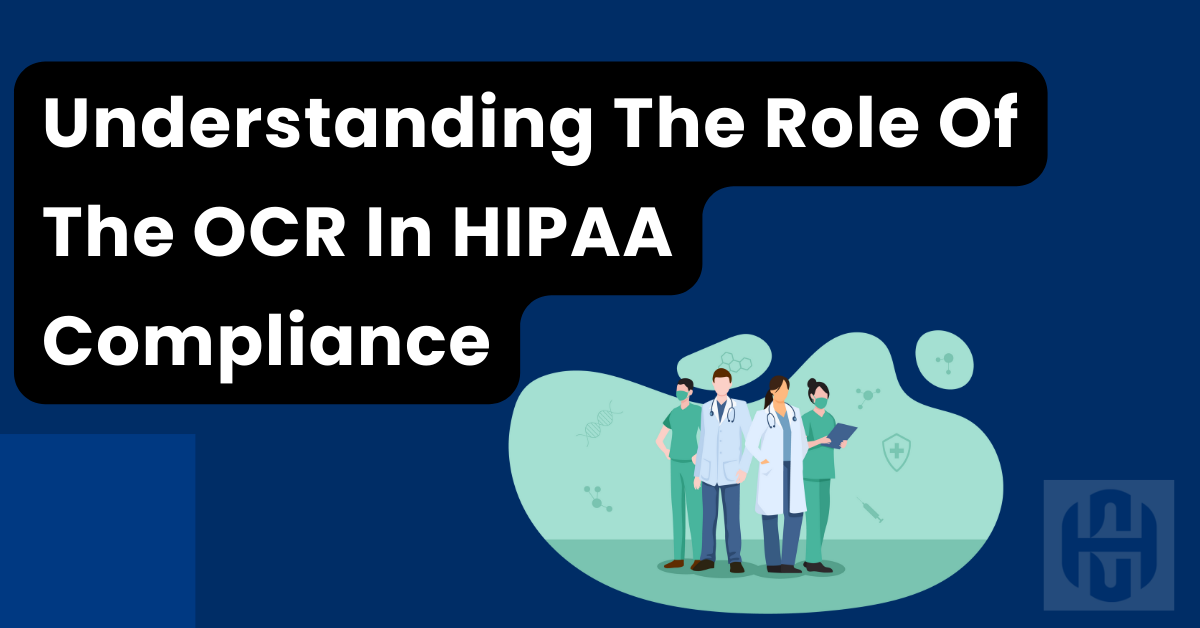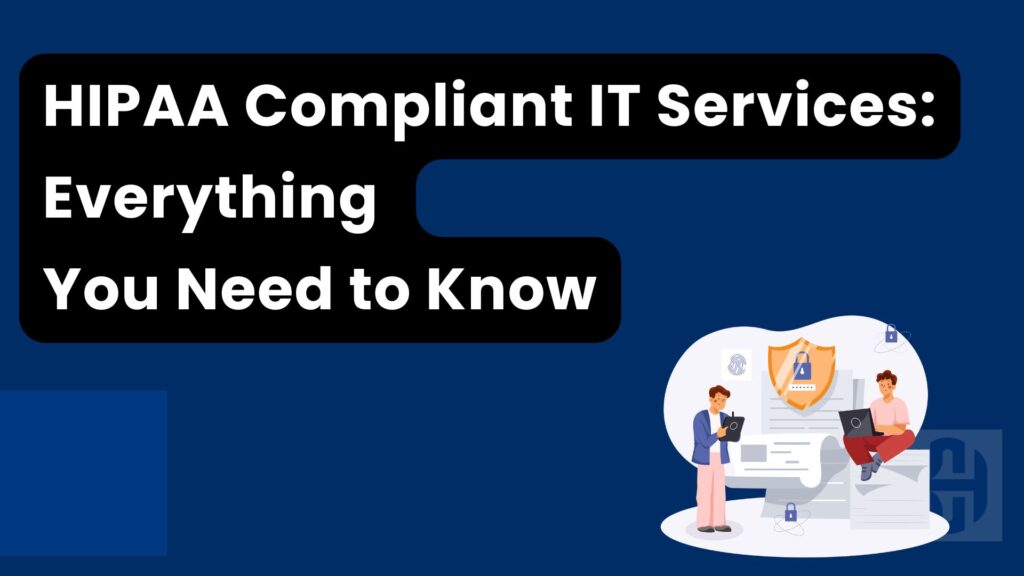Introduction
The Office for Civil Rights (OCR) plays a pivotal role in the enforcement of the Health Insurance Portability and Accountability Act (HIPAA). HIPAA is a critical piece of legislation aimed at protecting the privacy and security of patients’ health information. The OCR, a division of the U.S. Department of Health and Human Services (HHS), ensures that covered entities and their business associates comply with HIPAA regulations. This article delves into the functions, enforcement mechanisms, and impact of the OCR in maintaining HIPAA compliance, highlighting its importance in the healthcare sector.
The Office for Civil Rights (OCR): An Overview
History and Mission
The OCR was established to enforce civil rights laws and ensure equal access to healthcare and human services without discrimination. With the enactment of HIPAA in 1996, the OCR’s responsibilities expanded to include the protection of individuals’ health information. The primary mission of the OCR is to enforce HIPAA’s Privacy, Security, and Breach Notification Rules, ensuring that covered entities and their business associates protect the privacy and security of health information.
Functions of the OCR
- Enforcement of HIPAA Rules: The OCR enforces HIPAA Privacy, Security, and Breach Notification Rules through investigations, compliance reviews, and audits.
- Complaint Investigations: The OCR investigates complaints filed by individuals alleging HIPAA violations.
- Compliance Reviews: The OCR conducts compliance reviews to identify and address systemic issues in the handling of protected health information (PHI).
- Guidance and Education: The OCR provides guidance, training, and technical assistance to help covered entities understand and comply with HIPAA regulations.
HIPAA Privacy Rule
Purpose and Scope
The HIPAA Privacy Rule establishes national standards for the protection of individuals’ medical records and other personal health information. It applies to covered entities, including healthcare providers, health plans, and healthcare clearinghouses, as well as their business associates.
Key Provisions
- Use and Disclosure of PHI: The Privacy Rule outlines the permissible uses and disclosures of PHI without patient authorization. It permits disclosures for treatment, payment, and healthcare operations, as well as for specific public interest purposes.
- Patient Rights: The Privacy Rule grants patients rights over their health information, including the right to access and obtain a copy of their medical records, request corrections, and receive an accounting of disclosures.
HIPAA Security Rule
Purpose and Scope
The HIPAA Security Rule sets standards for the protection of electronic protected health information (ePHI). It requires covered entities to implement administrative, physical, and technical safeguards to ensure the confidentiality, integrity, and availability of ePHI.
Key Provisions
- Administrative Safeguards: Policies and procedures designed to manage the selection, development, implementation, and maintenance of security measures to protect ePHI.
- Physical Safeguards: Measures to protect electronic information systems and related buildings and equipment from natural and environmental hazards, as well as unauthorized intrusion.
- Technical Safeguards: Technology and related policies and procedures to protect ePHI and control access to it.
HIPAA Breach Notification Rule
Purpose and Scope
The HIPAA Breach Notification Rule requires covered entities to notify affected individuals, the OCR, and, in some cases, the media of breaches involving unsecured PHI. Business associates must also notify covered entities of breaches.
Key Provisions
- Notification Requirements: Covered entities must notify affected individuals within 60 days of discovering a breach. Notifications must include a description of the breach, the types of information involved, steps individuals should take to protect themselves, and what the entity is doing to investigate and mitigate the breach.
- Risk Assessment: Covered entities must conduct a risk assessment to determine the probability that PHI has been compromised, which helps determine whether breach notification is required.
Enforcement Mechanisms
Complaint Investigations
The OCR investigates complaints filed by individuals who believe their HIPAA rights have been violated. The OCR reviews the complaint, gathers evidence, and interviews witnesses. If a violation is found, the OCR may take corrective action, which can include requiring the entity to implement a corrective action plan or pay a monetary penalty.
Compliance Reviews
The OCR conducts compliance reviews to ensure that covered entities comply with HIPAA rules. These reviews may be initiated based on the OCR’s own initiative or in response to a pattern of complaints. Compliance reviews help identify systemic issues and ensure that entities are adhering to HIPAA standards.
Audits
The OCR conducts periodic audits of covered entities and business associates to assess compliance with HIPAA rules. These audits are part of the OCR’s proactive approach to ensuring that entities are taking the necessary steps to protect health information.
Penalties for Non-Compliance
Civil Penalties
The OCR can impose civil monetary penalties for HIPAA violations. The penalties vary based on the level of negligence and can range from $100 to $50,000 per violation, with a maximum annual penalty of $1.5 million for identical provisions violated.
Criminal Penalties
In cases of willful neglect or intentional misconduct, individuals may face criminal penalties, including fines and imprisonment. Criminal penalties are enforced by the Department of Justice (DOJ) in collaboration with the OCR.
The Impact of OCR Enforcement
Promoting Compliance
OCR enforcement actions serve as a deterrent to potential violators and promote compliance with HIPAA regulations. By holding entities accountable for their actions, the OCR ensures that healthcare providers and business associates take their responsibilities seriously.
Protecting Patient Privacy
The OCR’s efforts help protect patient privacy by ensuring that covered entities implement appropriate safeguards to protect PHI. Through investigations, compliance reviews, and audits, the OCR identifies and addresses vulnerabilities that could compromise patient information.
Raising Awareness
The OCR’s guidance, training, and technical assistance programs raise awareness about HIPAA regulations and best practices for protecting health information. These initiatives help covered entities understand their obligations and improve their information security practices.
Case Studies of OCR Enforcement
Anthem Data Breach Settlement
In 2015, Anthem Inc. experienced a data breach that exposed the personal information of nearly 79 million individuals. The OCR investigated the breach and found that Anthem had failed to implement appropriate safeguards to protect ePHI. In 2018, Anthem agreed to pay a $16 million settlement and implement corrective actions to improve its security practices.
MD Anderson Cancer Center Settlement
In 2018, the OCR reached a $4.3 million settlement with the University of Texas MD Anderson Cancer Center for HIPAA violations. The investigation revealed that MD Anderson had failed to encrypt devices containing ePHI, resulting in the loss of unencrypted devices. The settlement included a corrective action plan to address the identified deficiencies.
Premera Blue Cross Settlement
In 2020, Premera Blue Cross agreed to a $6.85 million settlement with the OCR following a data breach that affected over 10.4 million individuals. The OCR’s investigation found that Premera had failed to conduct regular risk assessments and implement appropriate security measures. The settlement required Premera to implement a comprehensive corrective action plan to address its security vulnerabilities.
Best Practices for HIPAA Compliance
Conduct Regular Risk Assessments
Regular risk assessments are essential for identifying and addressing potential vulnerabilities in information systems. These assessments help covered entities implement appropriate safeguards to protect PHI.
Implement Comprehensive Policies and Procedures
Developing and maintaining comprehensive policies and procedures is critical for HIPAA compliance. These policies should cover all aspects of PHI handling, from access controls to breach notification.
Provide Ongoing Training and Education
Ensuring that all employees receive regular HIPAA training is vital for maintaining compliance. Training should cover the basics of HIPAA, as well as specific policies and procedures related to the handling of PHI within the organization.
Use Advanced Security Measures
Implementing advanced security measures, such as encryption, multi-factor authentication, and intrusion detection systems, can significantly reduce the risk of HIPAA violations. Regularly updating and patching systems is also crucial for protecting against new threats.
Conduct Regular Audits and Monitoring
Regular audits and monitoring can help detect potential compliance issues before they become serious problems. Internal audits should be conducted periodically, and third-party audits can provide an unbiased assessment of compliance status.
Conclusion
The Office for Civil Rights (OCR) plays a critical role in enforcing HIPAA regulations and protecting patient privacy. Through investigations, compliance reviews, audits, and educational initiatives, the OCR ensures that covered entities and their business associates adhere to HIPAA standards. Understanding the OCR’s functions and enforcement mechanisms is essential for healthcare organizations to maintain compliance and safeguard sensitive health information. By implementing best practices and leveraging the OCR’s guidance, healthcare providers can protect patient privacy, avoid legal penalties, and build trust with their patients.





